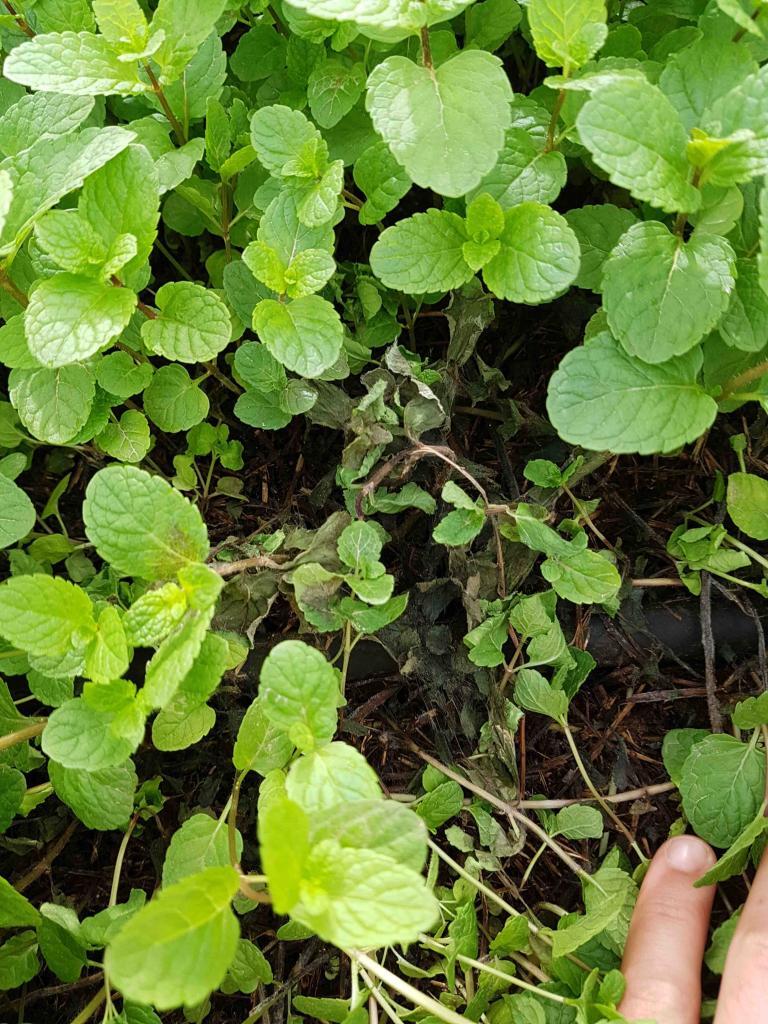Pourriture des racines
Eggplant, strawberry, pepper, tomato, basil, tarragon, mint, cabbage, cauliflower, pea, beans, soy, lettuce, cucumber, squash, melon, pumpkin, zucchini, watermelon, potato, carrot, beet, rice, sage, cucumber, radish, cotton, canola, wheat, barley, peanuts, corn, strawberry, turf grass, and tobacco
Rhizoctonia is a common seed-and soil-borne fungus with significant saprophytic characteristics (feeds on dead organic matter). Rhizoctonia causes “damping-off” in cultivated fields, ornamental plants, and turf grass. The pathogen overwinters on plant residue and soil.
Several types of rhizoctonia attack plants and are known by their non-host specialization; in other words, they can affect many types of plants. One such specie is rhizoctonia solani, which is the causal agent of black scurf of potatoes, violet root rot in carrots, bare patch of cereals, root rot of sugar beet, belly rot of cucumber, and sheath blight of rice.
Rhizoctonia favors high humidity conditions and can develop in a broad-spectrum of temperatures: 10-32c. Rhizoctonia tends to occur within the short time frame adjacent to planting; the fungi attacks plants at the soil line. Easy to spot symptoms of Rhizoctonia are « damping off » and reduced seed germination. Infected seedlings exhibit red to brown lesions primarily at the stem base. Red-brown to black lesions will form on roots. With time, infected seedlings will wilt, while older, more mature plants will exhibit an increased tolerance to the disease.
Calendrier: Il est plus facile et plus rentable de surmonter les infestations au cours des premières étapes. Surveillez régulièrement le champ et recherchez les signes ci-dessus.
Diverses techniques peuvent être prises pendant la croissance des cultures pour réduire les risques d’infection et de propagation.:
* Conservez un espace adéquat : évitez les plantations trop denses afin de permettre à la lumière de pénétrer. Cela permet aux feuilles et aux fruits de sécher rapidement les jours humides.
* Assainissement Les débris végétaux doivent être enlevés pendant la culture. Désinfectez l’équipement qui entre en contact avec des plantes infectées. Ne laissez pas du matériel ou des travailleurs traverser le champ lorsque le feuillage est humide.
* Air Circulation : Dans les structures fermées, favoriser l’assèchement du feuillage et réduire la durée des périodes de mouillage en introduisant une zone ventilée avec des rideaux en filet.
* Drainage du sol : La présence d’eau stagnante favorisera la maladie.
* D’autres techniques de réduction de l’humidité comprennent le revêtement du sol avec des feuilles de polyéthylène afin de réduire l’évaporation du sol.
carbendazime, propiconazole, pencycuron, l’iprodione, et fludioxonil.
Trichoderma harzianum est un champignon utilisé comme fongicide et qui aide à prévenir la rhizoctonie.
*Names marked in red are considered to be highly poisonous to beneficial insects.
*Names marked in green are considered to be organic and IPM (integrated pest management) compatible.
Image Gallery


